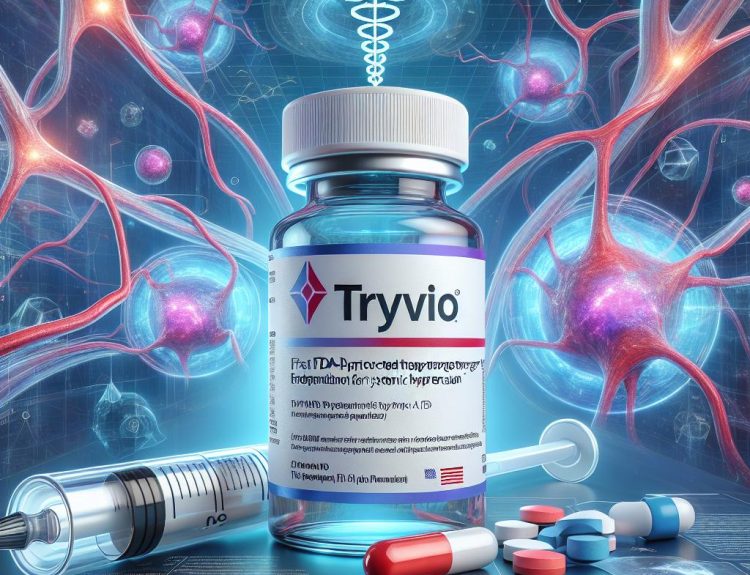Merakris Therapeutics has enrolled the 30th patient in its Expanded Access Program for MTX-001, an injectable, cell-free amniotic fluid–derived biologic being developed for chronic, non-healing wounds. The company is running a multicenter, randomized, double‑blind, placebo‑controlled Phase 2 study in venous leg ulcers and will use the SAWC Fall 2025 forum to expand trial-site partnerships and engagement with wound care clinicians. Early Phase 2 results published this spring reported favorable safety and preliminary efficacy signals, including wound closure and symptom improvement, and the EAP now extends real‑world use across diabetic foot ulcers, venous leg ulcers, pressure ulcers, and surgical wounds.
The strategic question is whether Merakris can convert momentum in evidence generation into a reimbursable, guideline‑anchored therapy in a category long dominated by procedures and devices. There is no FDA‑approved drug specifically indicated for non‑healing venous leg ulcers, and standard care remains compression, debridement, dressings, and cellular/tissue‑based products. That vacuum creates opportunity but also raises the evidence bar: payers will demand not only complete wound closure and time‑to‑closure data, but durable closure, reduced infection and hospitalization, fewer amputations, and measurable reductions in total cost of care.
This matters now because chronic wound care is a budgetary sinkhole for health systems and payers, with aging populations and diabetes prevalence pushing incidence higher while adherence to compression and off‑loading remains uneven. For clinicians, an injectable biologic with credible efficacy could change care pathways, shifting some management from device‑heavy protocols toward pharmacologic adjuncts delivered in wound clinics or physician offices. For patients, faster closure and fewer recurrences would meaningfully affect quality of life, mobility, and infection risk. For competitors—especially companies marketing amniotic or placental allografts under device or HCT/P frameworks—the emergence of a drug‑class product with randomized evidence could reset clinical expectations and pricing conversations.
The Merakris approach also aligns with broader industry currents. FDA scrutiny of minimally manipulated tissue products has intensified, nudging the field toward full biologic approvals backed by controlled trials. At the same time, commercial models in wound care are evolving, with coding and site‑of‑care economics increasingly determining adoption. An approved injectable biologic would likely pursue a permanent J‑code and buy‑and‑bill economics; success will hinge on early clarity around administration setting, dosing cadence, and whether utilization management imposes step edits after prolonged compression therapy. Medical Affairs will need to seed consensus on clinically meaningful endpoints, standardize digital wound measurement practices, and build RWE that links healing trajectories to resource utilization under Medicare and Medicare Advantage.
The EAP is doing double duty. It expands access for high‑need patients while producing usage patterns and safety signals across heterogeneous wound types that can inform Phase 3 design and payer dossiers. Yet EAP data must be carefully curated to avoid bias and to complement, not substitute for, randomized outcomes. The next inflection points are straightforward: robust Phase 2 readouts in venous leg ulcers, visible KOL advocacy at wound congresses, and early dialogue with CMS on coverage pathways.
If MTX‑001 can deliver convincing closure and durability data and translate that into clean coding and site‑of‑care economics, it could catalyze a true pharmacologic category in venous leg ulcers. The open question is whether payers and health systems are ready to reallocate dollars from procedure‑centric bundles to a biologic with a clear, quantifiable impact on healing timelines and total cost of care.
Source link: https://www.globenewswire.com/news-release/2025/09/04/3144353/0/en/Merakris-Therapeutics-Enrolls-30th-Subject-in-Expanded-Access-Program-of-MTX-001-Highlights-Clinical-Progress-at-SAWC-Fall-2025.html
Jon Napitupulu is Director of Media Relations at The Clinical Trial Vanguard. Jon, a computer data scientist, focuses on the latest clinical trial industry news and trends.







